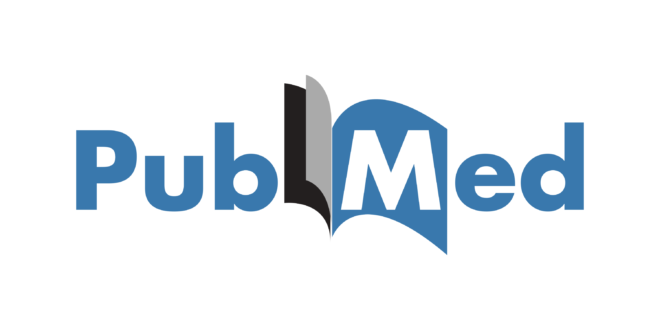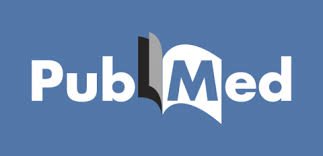Since the anatomical location of acupoints was recorded in The latest Practice of Western Acupuncture in 1915, and Lecture Notes on Advanced Acupuncture in 1931, the Japanese acupuncture works of Chinese translation version, the location of Dazhui (GV 14) (under the spinous process of the 7th cervical vertebra) and Yaoyangguan (GV 3) (under the …
Read More »
 Acupuncture Times Read the latest acupuncture research articles about acupuncture, Chinese herbal medicine, cupping therapy and moxibustion.
Acupuncture Times Read the latest acupuncture research articles about acupuncture, Chinese herbal medicine, cupping therapy and moxibustion.
